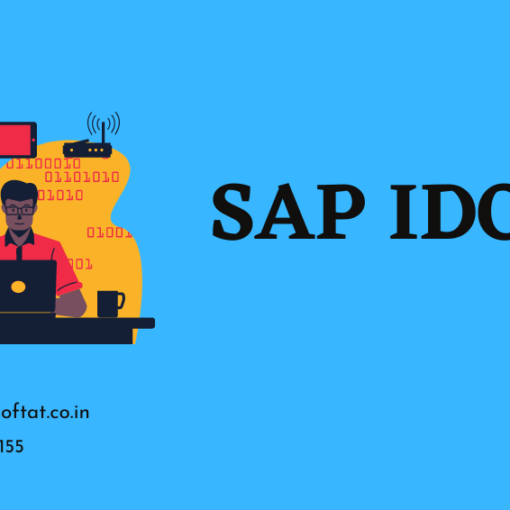Navigating the vast landscape of enterprise resource planning (ERP) solutions can be daunting, especially when faced with two seemingly similar options: Systems, Applications, and Products and SAP S/4HANA. This in-depth blog unveils the difference between SAP and SAP S 4HANA, these powerful software solutions, empowering you to make an informed decision based on your specific business needs and goals.
Difference between SAP and SAP S 4HANA: What is SAP?

- Market Leader: SAP has been the dominant force in ERP for decades, offering a comprehensive suite of business applications to manage various processes like finance, accounting, human resources, supply chain, and customer relationship management (CRM).
- Modular Architecture: SAP consists of various modules, each catering to a specific functional area. Businesses can choose and implement individual modules or the entire suite, offering flexibility and customization.
- On-Premise or Cloud Deployment: Traditionally, SAP was deployed on-premise, requiring significant hardware and IT infrastructure investment. However, SAP now offers cloud deployment options for increased scalability and accessibility.
Introducing the New Generation: What is SAP S/4HANA?
- The Successor: S/4HANA is the next-generation ERP solution from Systems, Applications, and Products, built on the powerful SAP HANA in-memory database platform.
- Real-Time Capabilities: S/4HANA leverages HANA’s in-memory technology to enable real-time data processing, analytics, and decision-making, offering significant performance improvements compared to the traditional Systems, Applications, and Products system.
- Simplified Architecture: S/4HANA boasts a simplified data model and user interface, aiming to enhance usability and reduce complexity.
- Cloud-First Approach: Unlike the hybrid deployment options of Systems, Applications, and Products, S/4HANA is primarily designed for cloud deployment, leveraging the scalability and agility of cloud infrastructure.
Head-to-Head Comparison: Key difference between SAP and SAP S 4HANA
| Feature | SAP | SAP S/4HANA |
|---|---|---|
| Technology | Traditional database | In-memory database (HANA) |
| Deployment | On-premise or cloud | Primarily cloud-based |
| Performance | Slower processing and analytics | Real-time data processing and analytics |
| Complexity | Complex architecture with multiple modules | Simplified architecture with fewer modules |
| User Interface | Traditional GUI | Modern, Fiori-based UI |
| Scalability | Limited scalability with on-premise | Highly scalable cloud-based solution |
| Cost | Can be expensive to implement and maintain | Subscription-based pricing model |
Choosing the Right Solution: When is SAP Better?
- Your current infrastructure is on-premise: If you have invested heavily in on-premise infrastructure and are hesitant to move to the cloud, SAP can still be a viable option.
- You need extensive customization: The modular architecture of SAP offers greater flexibility for customization to cater to specific industry or business needs.
- Cost is a major concern: On-premise implementation of SAP might offer a lower upfront cost compared to S/4HANA’s subscription fees.
Choosing the Right Solution: When is SAP S/4HANA Better?
- You prioritize real-time data and insights: S/4HANA’s in-memory technology empowers faster decision-making based on real-time data analysis.
- You seek a modern and user-friendly interface: The Fiori-based UI of S/4HANA provides a more intuitive and streamlined user experience.
- Scalability and agility are crucial: Cloud deployment of S/4HANA offers easier scalability and faster adaptation to changing business needs.
- You’re ready to embrace the future of ERP: S/4HANA represents the future direction of Systems, Applications, and Products, offering cutting-edge technology and capabilities.
Beyond the Binary Choice: Exploring Hybrid Approaches
In some cases, a hybrid approach combining both elements might be suitable. This could involve migrating specific modules to S/4HANA while keeping others on the traditional Systems, Applications, and Products system.
Making the Informed Decision:

Choosing the right solution hinges on a thorough evaluation of your specific needs, budget, IT infrastructure, and future technology roadmap. Consulting with experienced SAP professionals and conducting a proof-of-concept can help you gain valuable insights and make a well-informed decision.
Remember: Both powerful ERP solutions, but they cater to different needs and priorities. By understanding the difference between SAP andS 4HANA and carefully assessing your business requirements, you can choose the solution that empowers your organization to thrive in the digital age.
You may be interested in:
ChatGPT Integration with SAP S/4HANA




